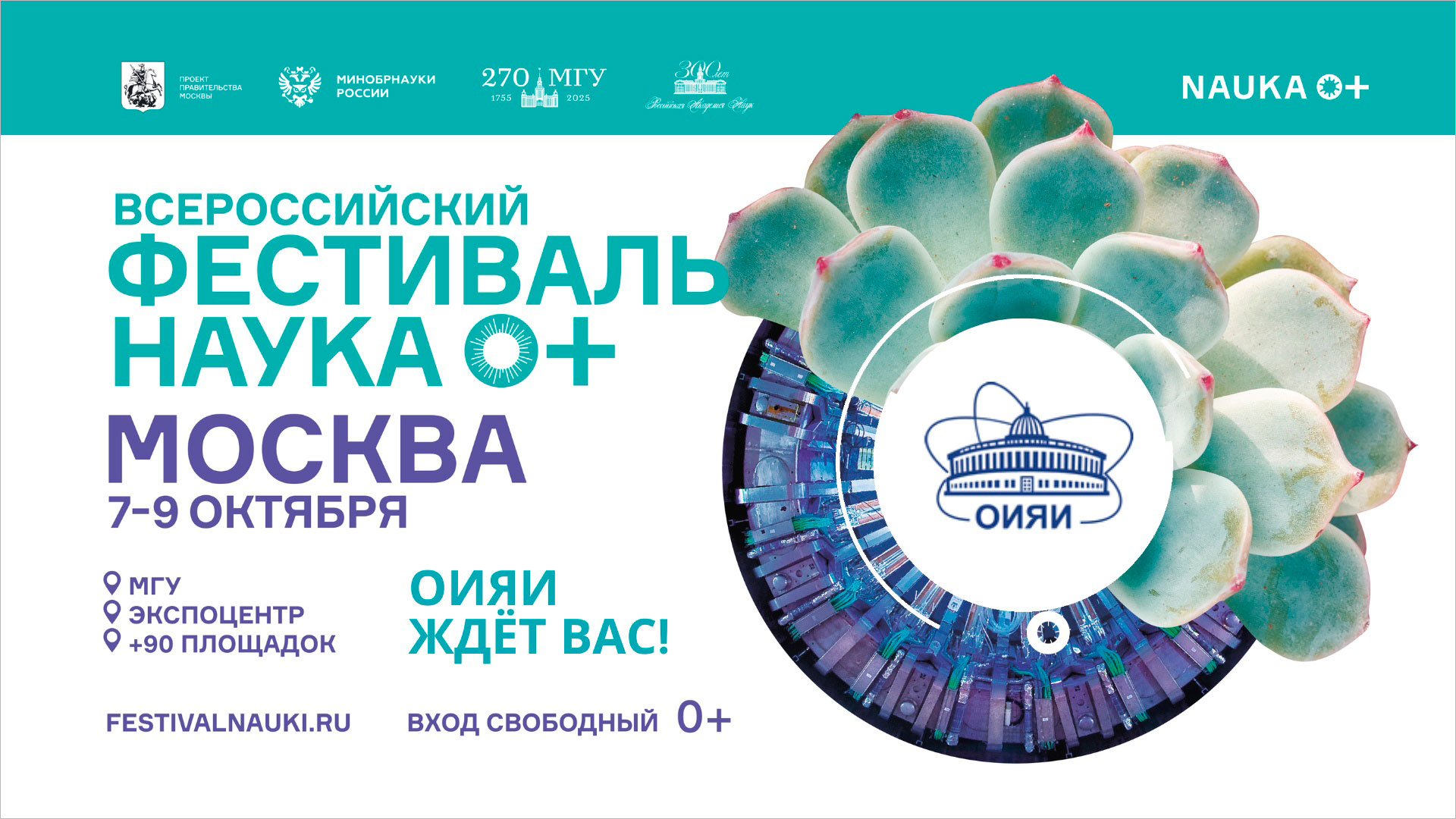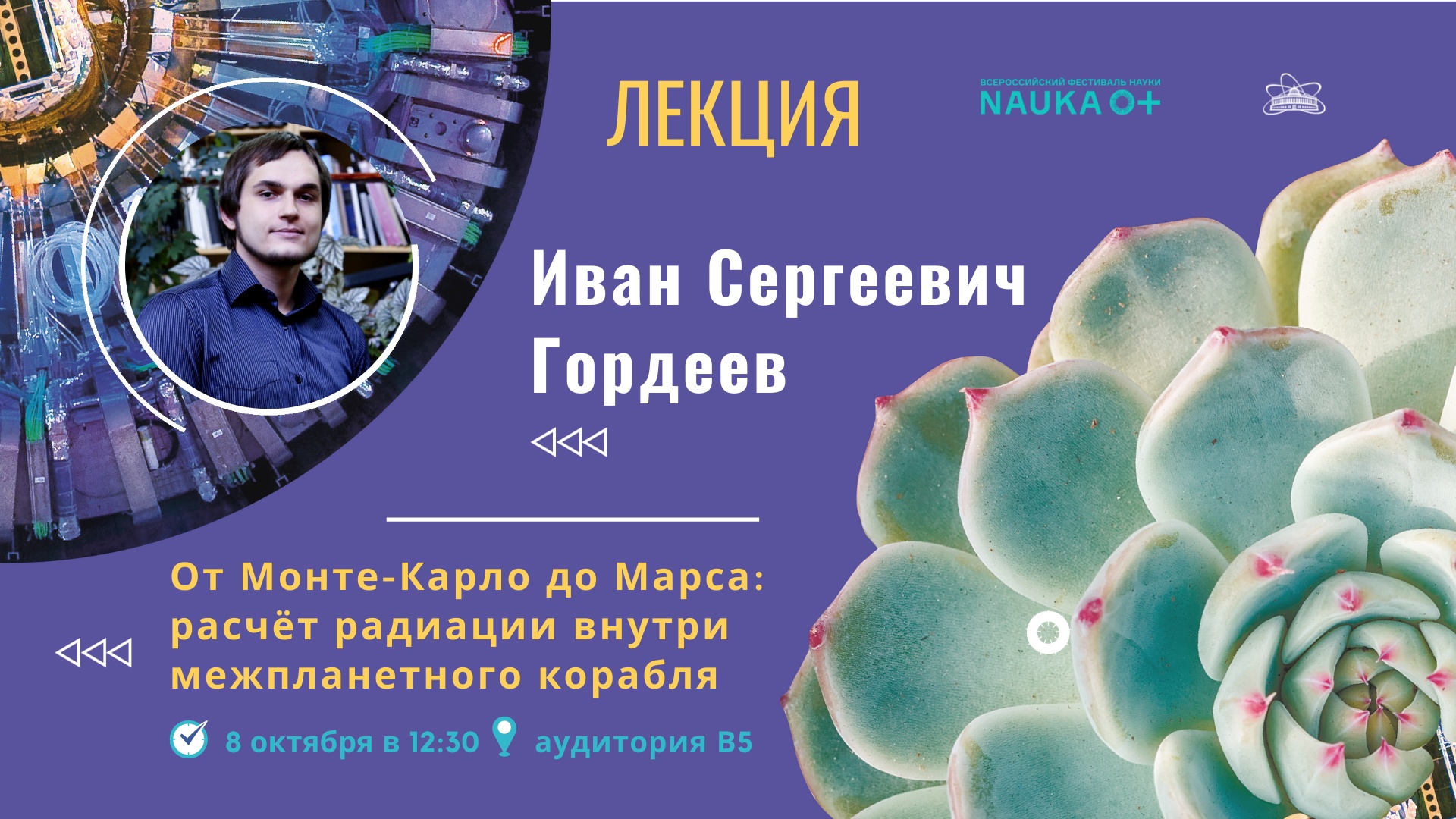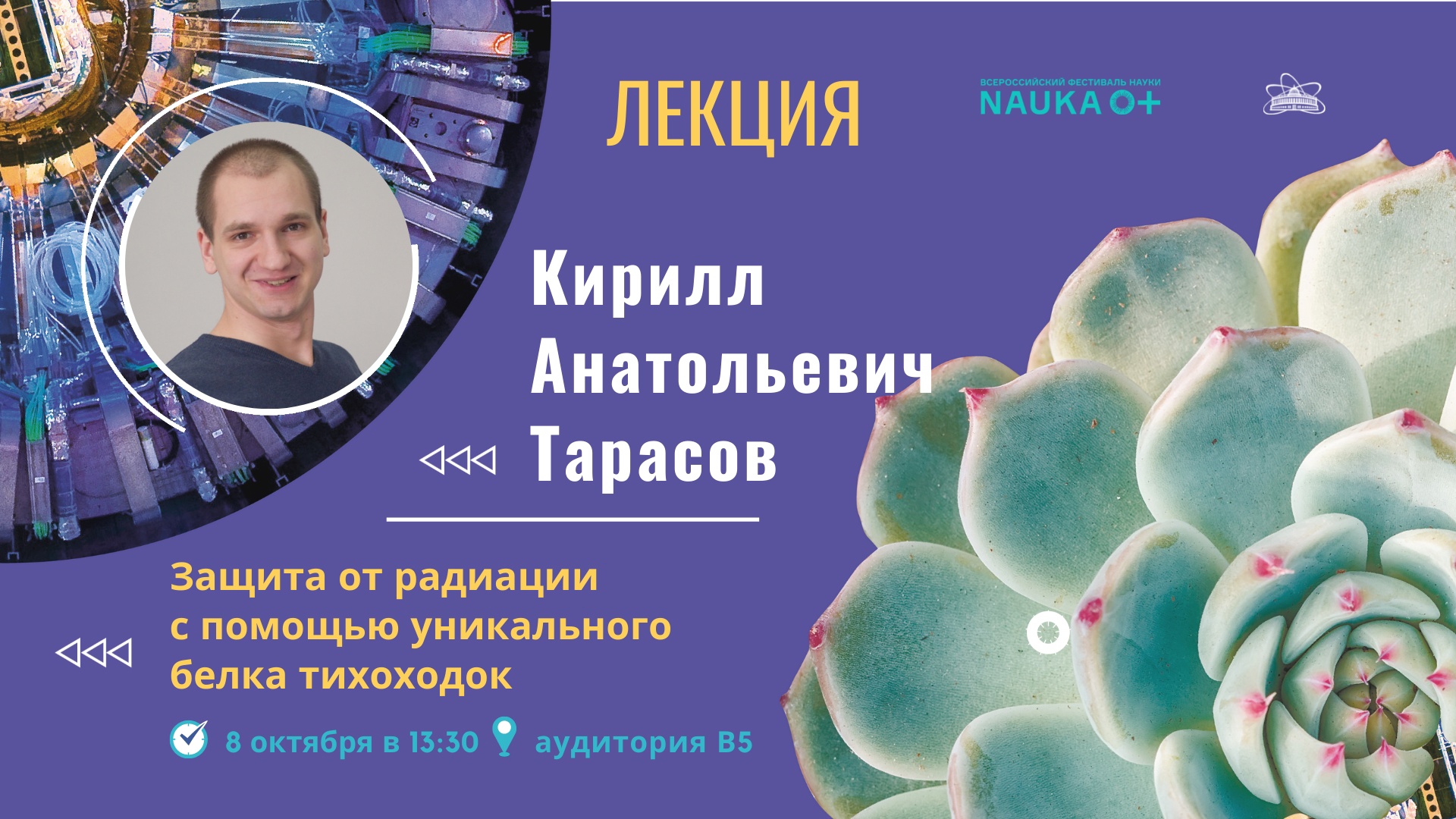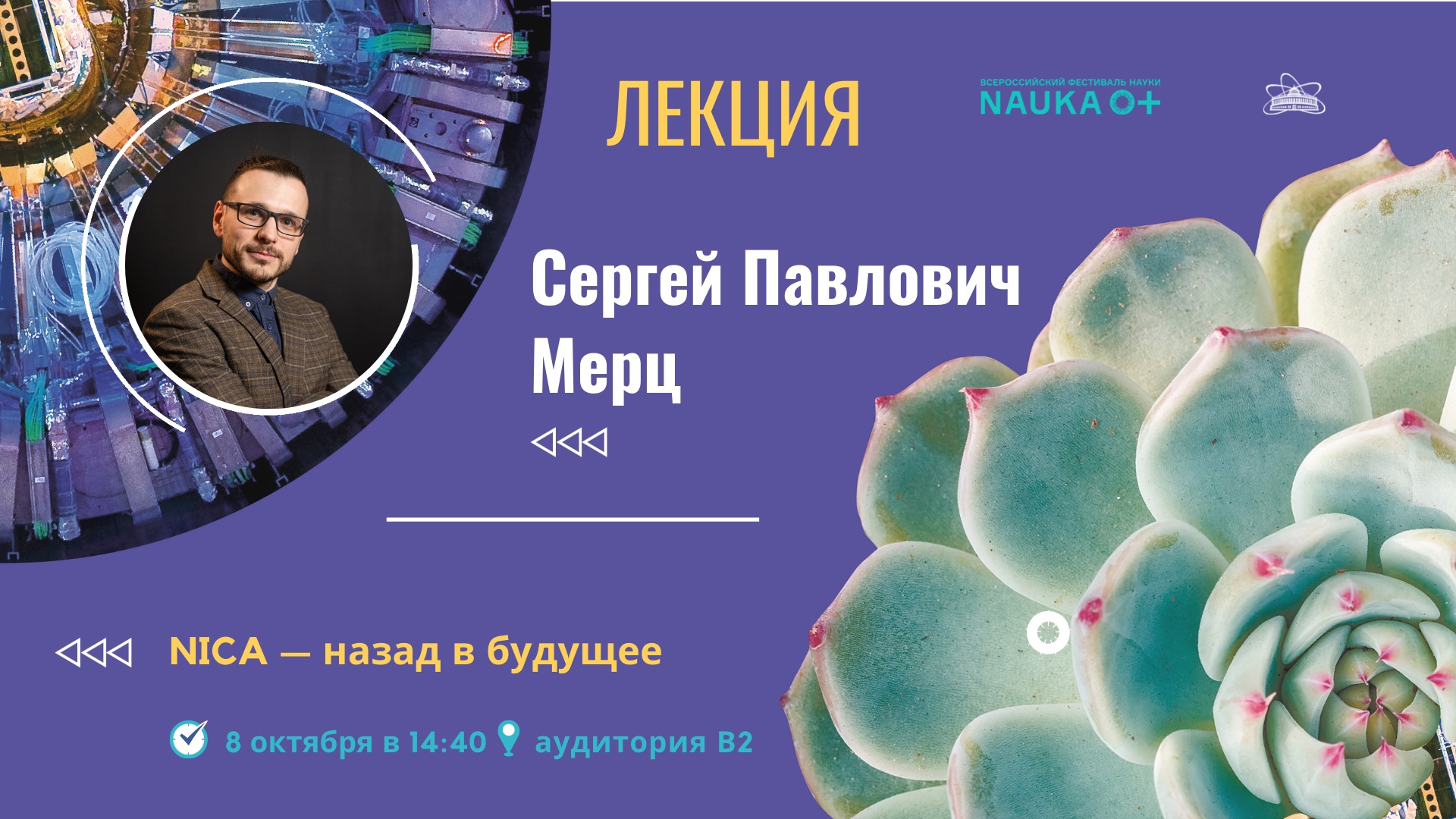Science is interesting!
News, 07 October 2022
The Joint Institute for Nuclear Research participates in the largest educational project in the field of science popularisation – the All-Russian Festival NAUKA 0+, which opens its doors to all interested from 7 to 9 October in Moscow.
You can learn more about JINR projects at the sites at Expocentre, the Residential Complex Shuvalovsky, and the MSU Fundamental Library.
On 8 and 9 October (Saturday, Sunday), guests can attend master classes in physics, chemistry, and electronics at the Institute’s stand at Expocentre, as well as the themed science exhibition Planet of the Future.
It will be possible to:
- feel like a scientist and take part in water purification and pollution monitoring of air and water ecosystems;
- analyse a real behavioural experiment with small laboratory animals, study the anatomy of the laboratory rat, and learn what radiation neurobiology is, and why research in this field is important for the realisation of long-range space missions;
- participate in research on material properties at low temperatures using liquid nitrogen;
- learn about the applications of cryogenic technology for microcosm physics and in particular for current and future charged-particle accelerators;
- develop engineering skills;
- take part in a study of chemical reactions;
- get to know the principles used to simulate particle collisions at colliders, including the NICA complex, by calculating pi (π), and use this method to calculate the power of your phone.
On 8 and 9 October (Saturday, Sunday), visitors will meet JINR basic facilities and projects at the Institute’s stand in the MSU Fundamental Library:
- NICA Collider complex
- Baikal-GVD neutrino telescope
- Dubna cyclotron DC-280
- IBR-2 pulsed reactor
- Medico-Technical Complex
And there will also be an opportunity to observe tracks of cosmic particles in the Wilson Chamber.
On 8 and 9 October (Saturday, Sunday), the Expocentre will host the Planet of the Future science themed exhibition to explore the facilities used in cutting-edge scientific research:
- A Nuclotron-type superconducting cable for the magnets of the NICA Collider complex, which will help to unravel the mystery of the state of matter in the early stages of the life of the Universe.
- Mosses biomonitors, the analysis of which allows us to assess the level of air pollution by heavy metals.
- Optical module of the deep-underwater neutrino telescope Baikal-GVD designed to record and study ultra-high energy neutrino fluxes from astrophysical sources.
- A unique protein of the Dsup tardigrades, which is being used to study a new mechanism of protection against radiation that will help in space exploration and beyond.
- A scintillation detector based on a BGO crystal used for remote sensing and soil carbon concentration determination using the tagged neutron method.
- Meteorite Orgueil (CI1), in the fresh scrapes of which numerous microfossils were found, leading to the conclusion that the microorganism residues found there were not terrestrial contamination.
On 8 October (Saturday) in the Lecture Hall of MSU Residential Complex Shuvalovsky, listeners will have a unique opportunity to learn about the latest scientific achievements in science during lectures on the following topics:
- “Physicists and art historians: why do we need each other?” lecturers are Andrey Dmitriev and Olga Filippova, the Laboratory of Neutron Physics JINR.
- “From Monte Carlo to Mars: calculating radiation inside an interplanetary spacecraft”, lecturer is Ivan Gordeev, the Laboratory of Radiation Biology JINR.
- “Radiation protection using a unique protein of tardigrades”, lecturer is Kirill Tarasov, the Laboratory of Nuclear Problems JINR.
- “NICA – back to the future”, lecturer is Sergey Mertz, the Laboratory of High Energy Physics JINR.




